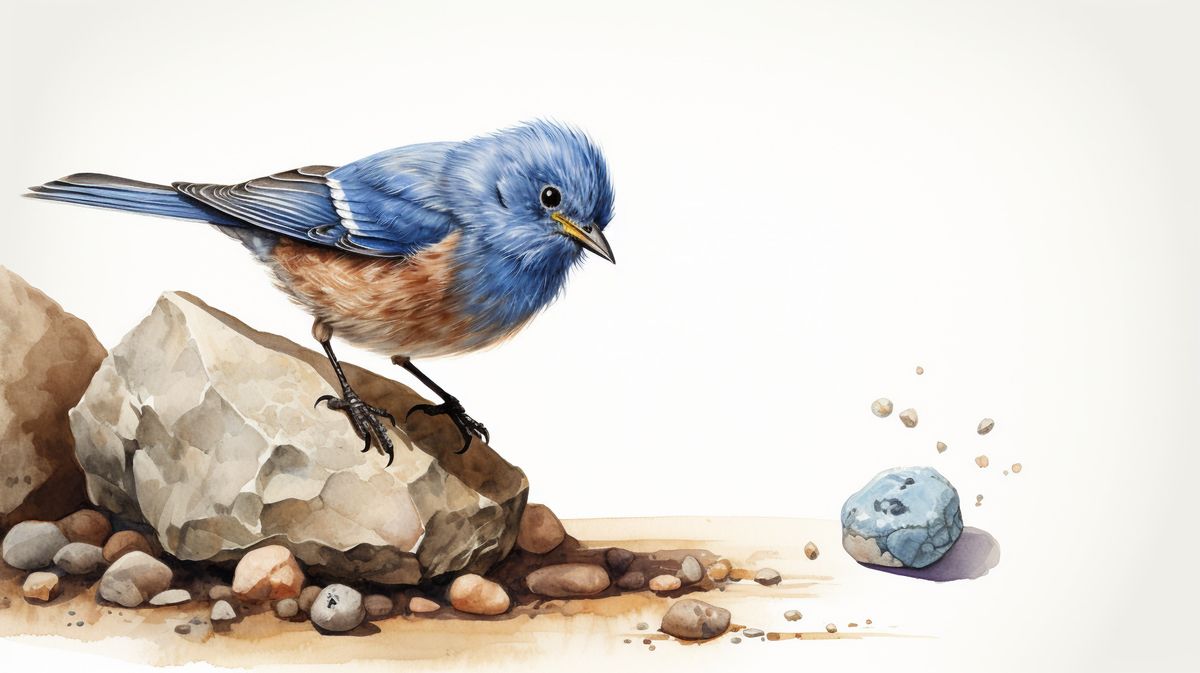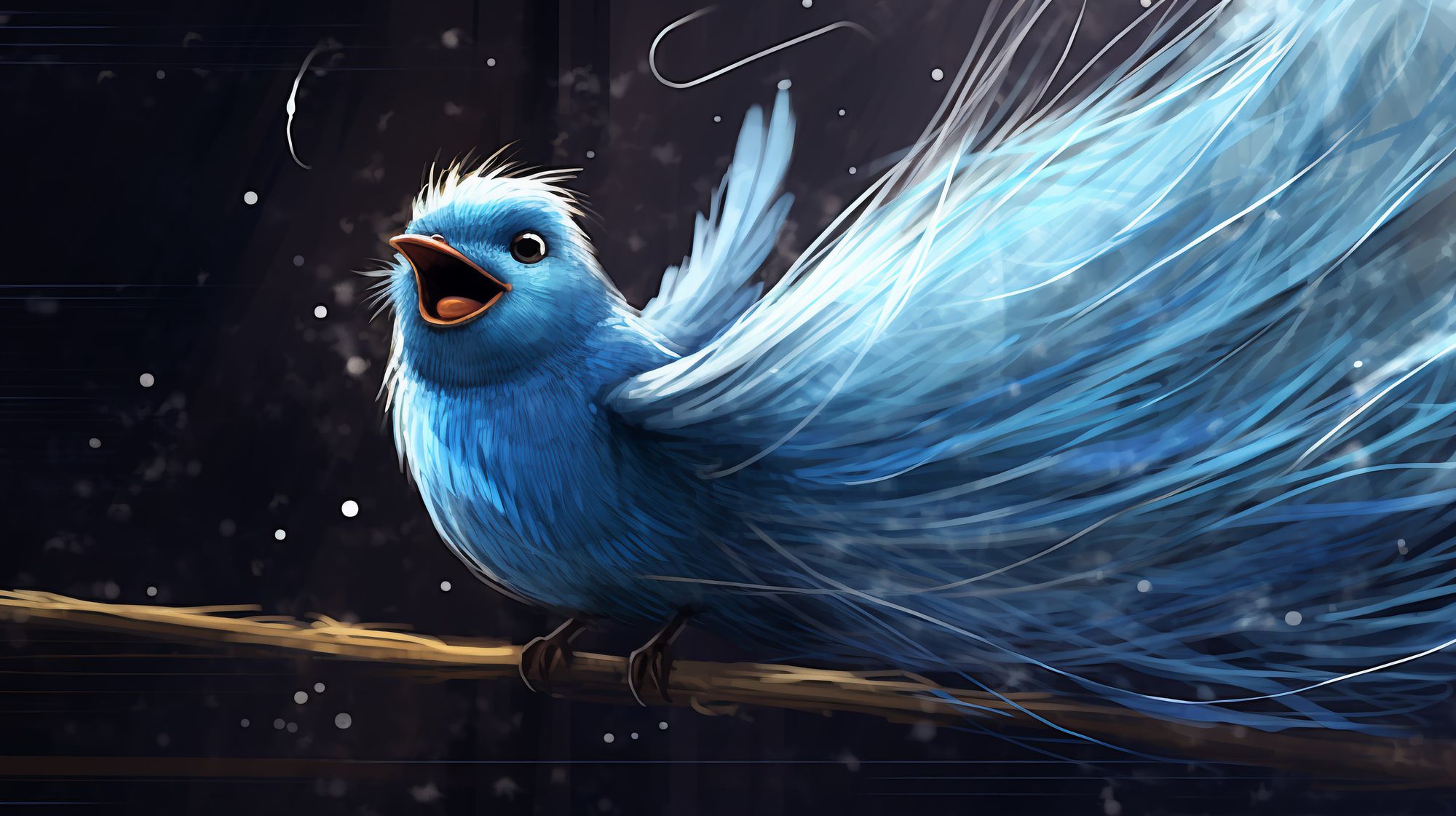Post-Twitter death-match update: Pebble is down. Who’s next?
One would-be Twitter replacement crashes and burns, while an unexpected challenger is sneaking up behind the pack. Uncertain times in the social media world.

Pebble is Twitter 2 no longer
Earlier in the year, I rounded up the major post-Twitter competitors. It was always likely that not all of them would survive. I just didn’t expect the first of them to fall so quickly.
T2 (yes, Twitter 2) recently renamed itself Pebble and seemed to be moving more aggressively to establish itself. It turns out that the activity was hiding a severe problem…
[…] the company says they’ve run out of time to make Pebble happen — the app maxed out at 3,000 daily active users, out of 20,000 registered users. That daily user figure fell to 1,000 daily users following its rebranding from T2.
While the percentage of registered users who were active is pretty good, that collapse in users after the renaming was a death knell. Social networks live or die by the network effect: you need a sufficient volume of interesting people to interact with before you commit to spending time there. And thus, the value of the network tends to grow exponentially with the number of users.
Pebbly, a year and $1m later, had manifestly failed to do that. And so the VCs backing it have pulled the plug. It’s the first to die. Who will be next?
Threads is the one to beat

One player that is unlikely to exit the death-match any time soon is Threads, Meta’s latest use of Instagram as a photocopier:
- They copied Snapchat with Stories
- They copied TikTok with Reels
- They’re copying Twitter with Threads
How it’s going? Pretty well, as it turns out:
Meta’s competitor to Elon Musk’s X has hit “just under” 100 million monthly users since it was released in early July, CEO Mark Zuckerberg announced Wednesday during his company’s quarterly earnings call.
(Note that the Pebble figures were daily, but Threads are monthly. That suggests that the daily active user figure for Threads is well below 100 million.)
Instagram head Adam Mosseri, a chap who knows an excellent first name when he sees it, has outlined the next steps for the product.
- Support for Europe — that is, making the data that Threads captures compliant with EU laws.
- Fediverse integration — using ActivityPub to connect Threads with Mastodon.
- More Instagram integration — working on those network effects.
- Trends — trending topics are such an engagement driver, it’s bound to be on the agenda…
For all the big headline numbers Zuckerberg and co are talking about, there’s evidence that the engagement is not yet good for some publishers. But, on the other hand, they’re not going to walk away from this fight easily. Certainly still a contender.
The news problem
One thing we need to acknowledge: unless Meta has a dramatic change of heart, Threads will not be a great place for breaking news content. The very way that the algorithm chooses to surface content means that it can be some time before a post hits Followers’ feeds.
Jorge Caballero has been crunching the numbers:
The takeaway from a product standpoint, is that Threads:
* appears to de-prioritize threads and reposts in favor of original standalone posts, and
* splitting a single piece of content (threads) across two feeds creates unnecessary friction for users and creates information gaps that can be easily exploited by mis/disinformation campaigns
In that sense, Threads won't be a Twitter competitor. I suspect something like Bluesky might well do better than either Threads or the platform I'm about to talk about…
An unexpected challenger: LinkedIn

One site I didn’t put on my list back in July was LinkedIn. But I should have done. Oh, sure, LinkedIn’s feed doesn’t function exactly like Twitter’s does, but that doesn’t actually matter. A surprising number of people I know have started using LinkedIn as their main Twitter replacement — and I’m seeing the traffic impacts of that.
And, if you think about it, it makes perfect sense. LinkedIn, one of the oldest of the social platforms, already has the network in places. Most people have been steadily building out their connections there, even if they haven’t been actively posting or reading.
So, the network’s there, but is the network effect kicking in? Well, it might be. The general reluctance to help boost Melon Husk’s XformelyknownasTwitter any further has seen more and more people posting on LinkedIn. And that means that each time you visit, there’s more chance of seeing something interesting, rather than self-congratulatory pablum.
And that’s the network effect starting to work.
LinkedIn may be the tortoise to the other platforms’ hare in this race.
Oh, wait. This was a death-match metaphor, wasn’t it? Uh, the David to their Goliath? Or is that too Christian-normative?
Oh, you know what I mean. And you can always complain about it on your challenger platform of choice…





